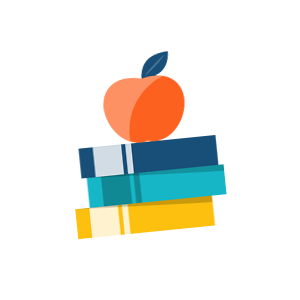Ask for discount
..CBSE Class 12 Computer Science Syllabus
ABCD
Class 12 Computer Science Syllabus
Given below is the syllabus for Computer Science:
Computer Science
1. Programming and Computational Thinking – 2
2. Computer Networks
3. Data Management – 2
4. Society, Law and Ethics – 2
Detailed Syllabus for Computer Science
Unit 1: Programming and Computational Thinking (PCT-2)
- Revision of the basics of Python
- Functions: scope, parameter passing, mutable/immutable properties of data objects, pass arrays to functions, return values, functions using libraries: mathematical, and string functions.
- File handling: open and close a file, read, write, and append to a file, standard input, output, and error streams, relative and absolute paths.
- Using Python libraries: create and import Python libraries
- Recursion: simple algorithms with recursion: factorial, Fibonacci numbers; recursion on arrays: binary search
- Idea of efficiency: performance defined as inversely proportional to the wall clock time, count the number of operations a piece of code is performing, and measure the time taken by a program. Example: take two different programs for the same problem, and understand how the efficient one takes less time.
- Data visualization using Pyplot: line chart, pie chart, and bar chart.
- Data-structures: lists, stacks, queues.
Unit 2: Computer Networks (CN)
- Structure of a network: Types of networks: local area and wide area (web and internet), new technologies such as cloud and IoT, public vs. private cloud, wired and wireless networks; concept of a client and server.
- Network devices such as a NIC, switch, hub, router, and access point.
- Network stack: amplitude and frequency modulation, collision in wireless networks, error checking, and the notion of a MAC address, main idea of routing. IP addresses: (v4 and v6), routing table, router, DNS, and web URLs, TCP: basic idea of retransmission, and rate modulation when there is congestion (analogy to a road network), Protocols: 2G, 3G, 4G, WiFi. What makes a protocol have a higher bandwidth?
- Basic network tools: traceroute, ping, ipconfig, nslookup, whois, speed-test.
- Application layer: HTTP (basic idea), working of email, secure communication: encryption and certificates (HTTPS), network applications: remote desktop, remote login, HTTP, FTP, SCP, SSH, POP/IMAP, SMTP, VoIP, NFC.
Unit 3: Data Management (DM-2)
- Write a minimal Django based web application that parses a GET and POST request, and writes the fields to a file - flat file and CSV file.
- Interface Python with an SQL database
- SQL commands: aggregation functions – having, group by, order by.
Unit 4: Society, Law and Ethics (SLE-2)
- Intellectual property rights, plagiarism, digital rights management, and licensing (Creative Commons, GPL and Apache), open source, open data, privacy.
- Privacy laws, fraud; cyber-crime- phishing, illegal downloads, child pornography, scams; cyber forensics, IT Act, 2000.
- Technology and society: understanding of societal issues and cultural changes induced by technology.
- E-waste management: proper disposal of used electronic gadgets.
- Identity theft, unique ids, and biometrics. Gender and disability issues while teaching and using computers.


Quick Buy
LATEST OFFERS & PROMOTIONS
Choose EduSaksham
Embrace Better Learning


